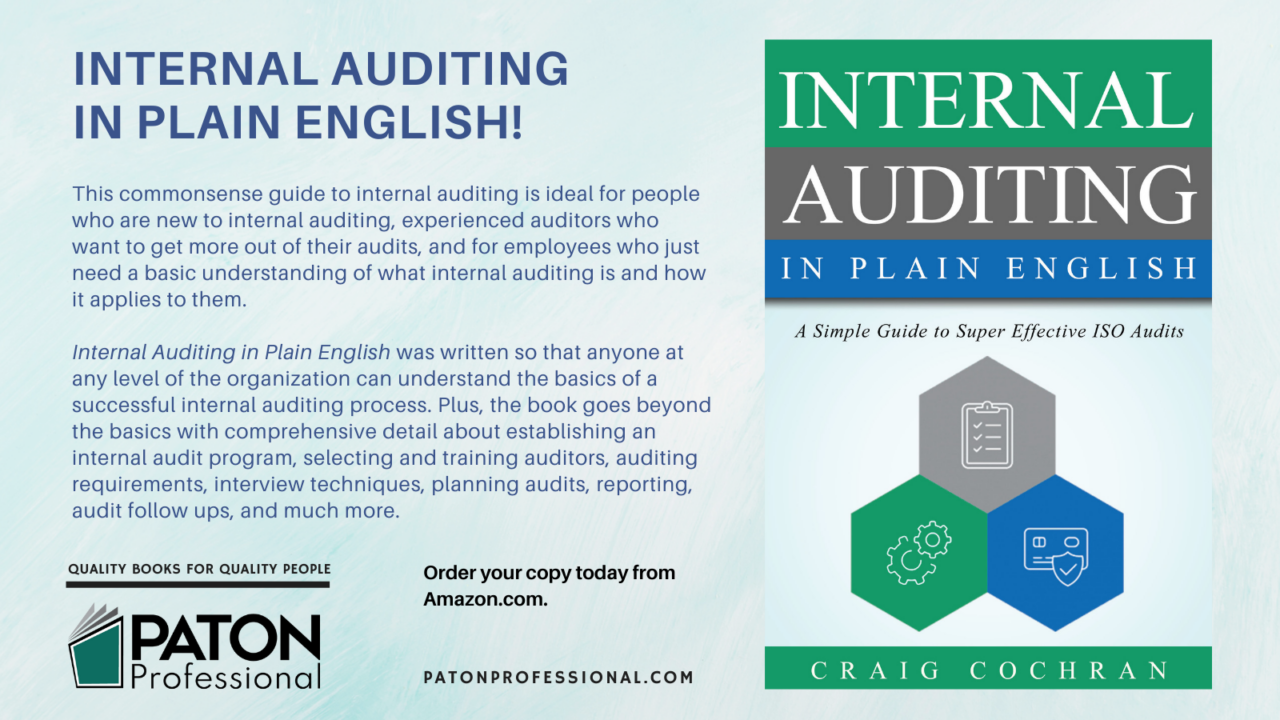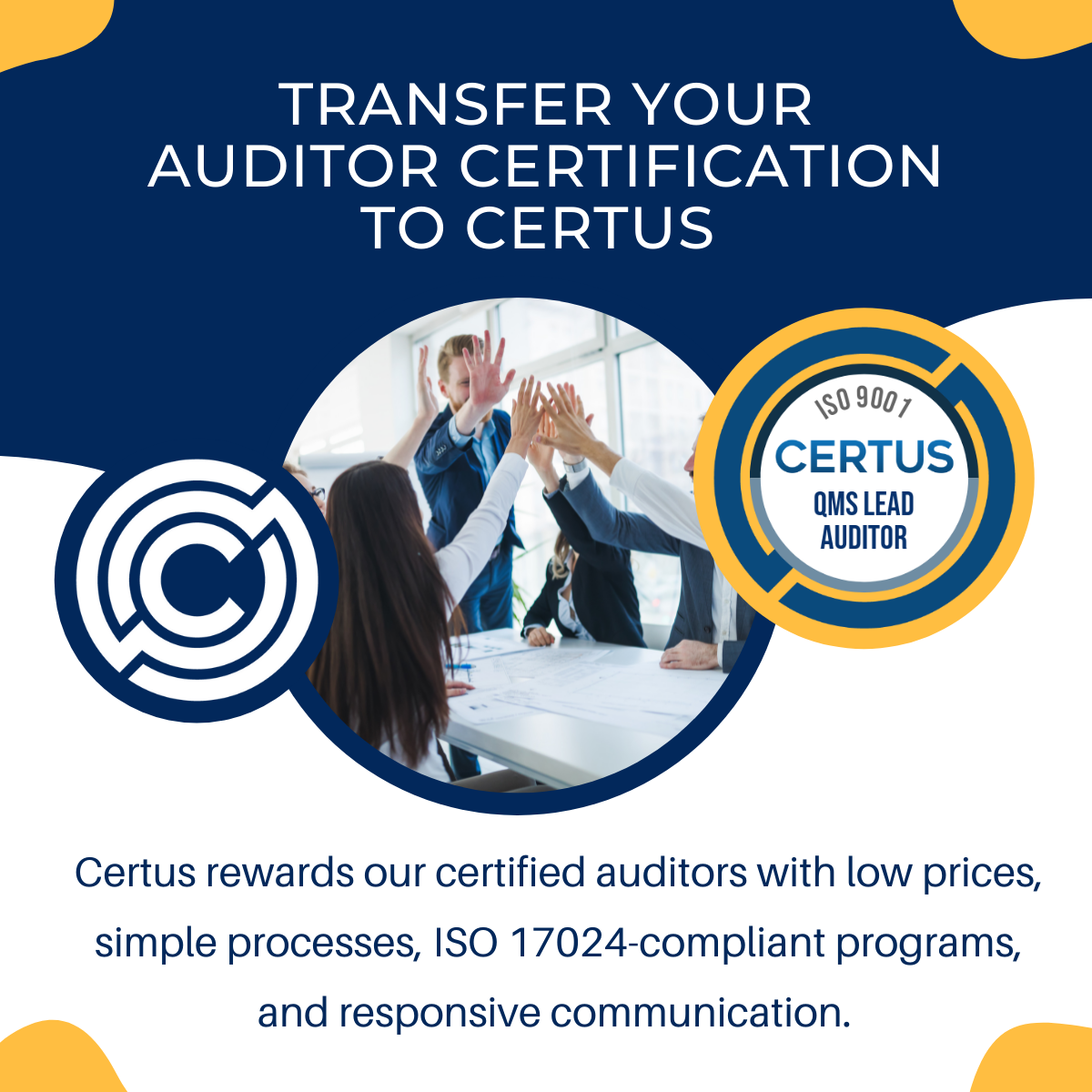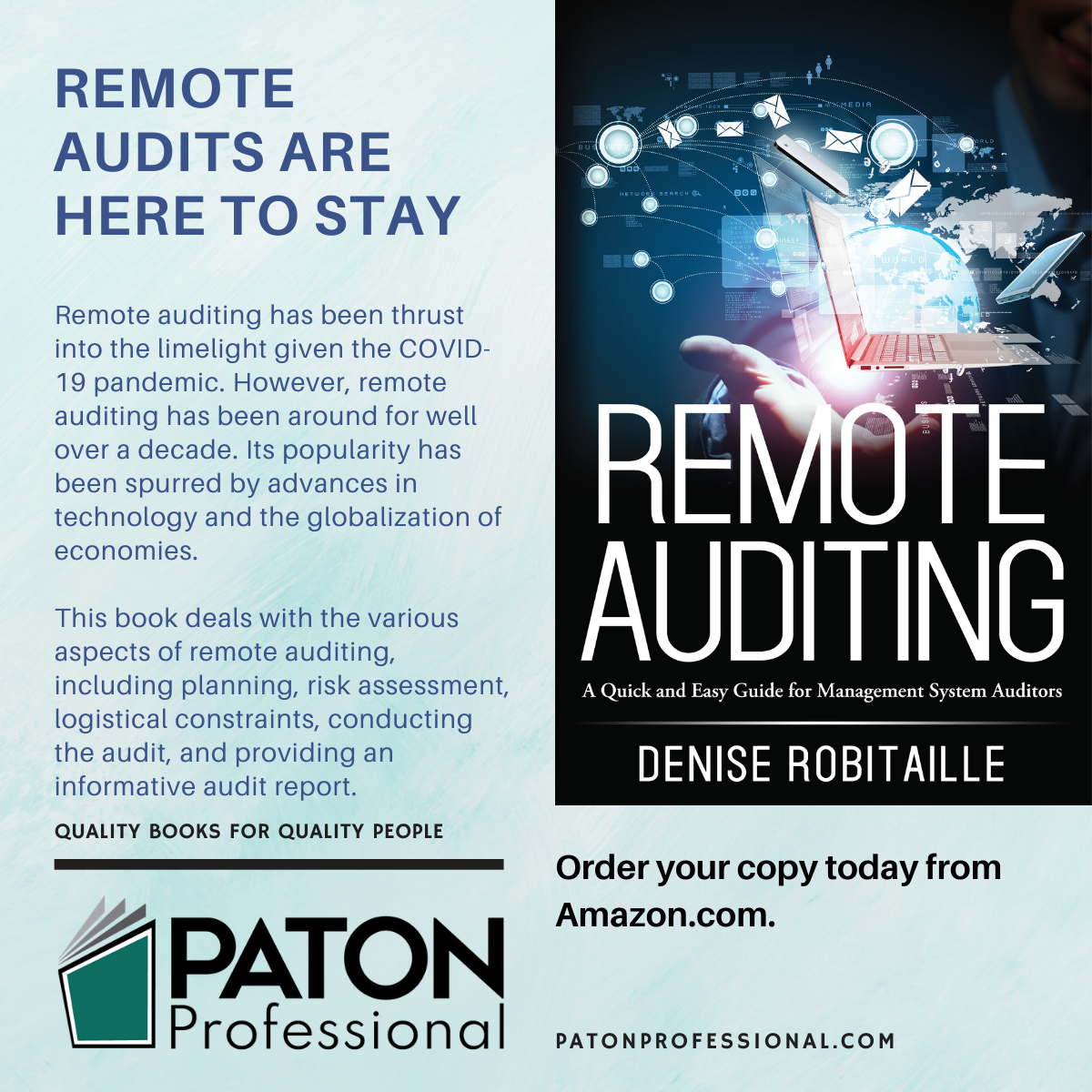by Craig Cochran
If you’re preparing to start auditing to ISO 9001:2015, you’ve probably already asked yourself the timeless question: “What in the heck am I going to ask these people?” There’s no worse feeling in the world than being in the middle of an audit and realizing that you’ve run out of questions. To help prepare you for auditing to ISO 9001:2015, I’ve prepared a list of what I consider to be the seven most important audit questions for ISO 9001:2015.
1. What can you tell me about the context of your organization?
This question is the starting point of ISO 9001:2015, appearing in clause 4.1. The standard uses the clunky term “context,” but this could easily be substituted by asking about the organization’s internal and external success factors. Questions about context are usually directed at top management or the person leading the quality management system (QMS)–formerly known as the management representative. As an auditor, you’re looking for a clear examination of forces at work within and around the organization. Does this sound broad and a little vague? It is. Thankfully, the standard provides some guidance, saying that context must include internal and external issues that are relevant to your organization’s purpose, strategy, and QMS goals. Many organizations will probably use a SWOT (strengths, weaknesses, opportunities, and threats) analysis to help get their arms around context, but it’s not a requirement. What the organization learns with this will be a key input to risk analysis. (Note: Not everybody will understand the term “context.” Be prepared to discuss the concept and describe what ISO 9001:2015 is asking for.)
2. Who are your interested parties and what are their requirements?
The natural follow-up to context is interested parties, found in clause 4.2. Just like context, interested parties are a key input to risk. The term “interested parties” has a bizarre, stalker-like ring to it, so smart auditors might want to replace it with “stakeholders.” Remember, effective auditors try to translate the arcane language of ISO 9001:2015 into understandable terms that auditees can grasp. Typical interested parties include employees, customers, suppliers, business owners, debt holders, neighbors, and regulators.
As an auditor, you’re making sure that a reasonable range of interested parties has been identified, along with their corresponding requirements. The best way to audit this is an exploratory discussion. Ask questions about the interested parties, and probe what they’re interested in. If you’ve done some preparation in advance of the audit, you’ll know whether their examination of interested parties is adequate.
This brings up an important planning issue: You’ll have to do a bit more preparation before an ISO 9001:2015 audit. Why? So you’ll have a grasp of context and interested parties. How can you evaluate their responses if you don’t know what the responses should be?
3. What risks and opportunities have been identified, and what are you doing about them?
Risks and opportunities could accurately be called the foundation of ISO 9001:2015. No fewer than 13 other clauses refer directly to risks and opportunities, making them the most “connected” section of the standard. If an organization does a poor job of identifying risks and opportunities, then the QMS cannot be effective, period.
Auditors should verify that risks and opportunities include issues that focus on desired outcomes, prevent problems, and drive improvement. Once risks and opportunities are identified, actions must be planned to address them. ISO 9001:2015 doesn’t specifically mention prioritizing risks and opportunities, though it would be wise for organizations to do this. Risks and opportunities are limitless, but resources are not.

4. What plans have been put in place to achieve quality objectives?
Measurable quality objectives have long been a part of ISO 9001. What’s new is the requirement to plan actions to make them happen. The plans are intended to be specific and actionable, addressing actions, resources, responsibilities, timeframes, and evaluation of results. Auditors should closely examine how the plans have been implemented throughout the organization and who has knowledge of them. Just as employees should be aware of how they contribute to objectives, they should be familiar with the action plans.
5. How has the QMS been integrated into the organization’s business processes?
In other words, how are you using ISO 9001:2015 to help you run the company? This is asked directly of top management (see subclause 5.1.1c) and is a very revealing question. The point is that ISO 9001 is moving away from being a quality management system standard and becoming a strategic management system. It’s not just about making sure products or services meet requirements anymore. The standard is about managing every aspect of the business. Remember clauses 4.1 and 4.2 of ISO 9001:2015? They examine the key topics of context and interested parties. These concepts touch every corner of the organization, and this is exactly how ISO 9001:2015 is intended to be used. Top management should be able to describe how the QMS is used to run the company, not just pass an audit.
6. How do you manage change?
This topic comes up multiple times in ISO 9001:2015. The first and biggest clause on the topic is clause 6.3, Planning of changes. Here we identify changes that we know are coming and develop plans for their implementation. What kind of changes? Nearly anything, but the following changes come to mind as candidates: new or modified products, processes, equipment, tools, employees, regulations. The list is endless. An auditor should review changes that took place and seek evidence that the changes were identified and planned proactively.
Change that happens in a less planned manner is addressed in subclause 8.5.6. Here the auditor will seek records that the changes met requirements, the results of reviewing changes, who authorized them, and subsequent actions that were necessary.
7. How do you capture and use knowledge?
ISO 9001:2015 wants organizations to learn from their experiences, both good and bad. This could be handled by a variety of means: project debriefs, job close-outs, staff meetings, customer reviews, examination of data, and customer feedback. How the organization captures knowledge is up to it, but the process should be clear and functional. The knowledge should also be maintained and accessible. This almost sounds like it will be “documented” in some way, doesn’t it? That’s exactly right. One way to audit this would be to inquire about recent failures or successes. How did the organization learn from these events in a way that will help make it more successful? It’s the conversion of raw information to true knowledge, and it just happens to be one of the most difficult things an organization can achieve.
These are by no means the only questions you’ll want to ask. They’re just the starting point. I didn’t even mention management review, corrective action, or improvement—all of which are crucial to an effective QMS. What audit questions do you see as critical in ISO 9001:2015? Please leave your comments below.
About the author
Craig Cochran is the North Metro Regional Manager with Georgia Tech’s Economic Development Institute. He has assisted more than 5,000 companies since 1999 in QMS implementation, problem solving, auditing, and performance improvement. Cochran is a Certified Quality Manager, Certified Quality Engineer, and Certified Quality Auditor through the American Society for Quality. He is certified as a QMS Lead Auditor through Certus Professional Certification.
He is the author of numerous books, including ISO 9001:2015 in Plain English and Internal Auditing in Plain English, both published by Paton Professional.
Copyright 2015 by Craig Cochran. All rights reserved. Reprinted with permission from the author.






